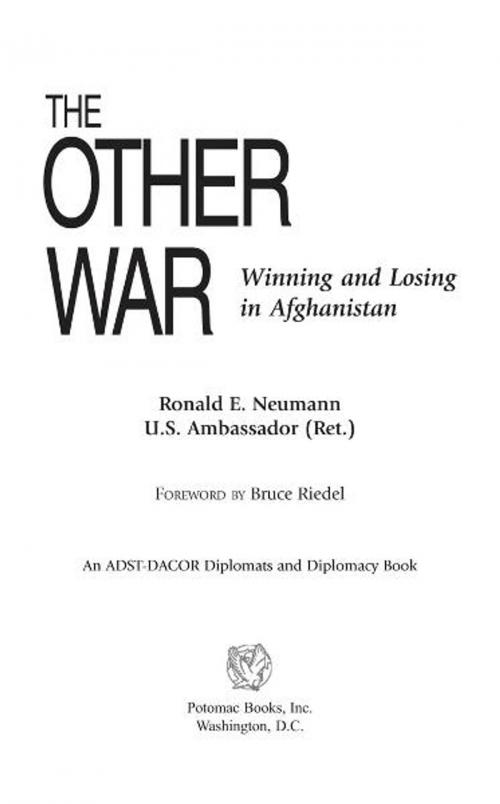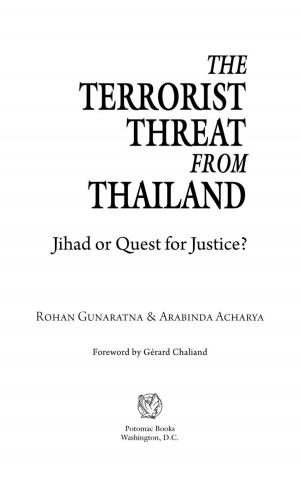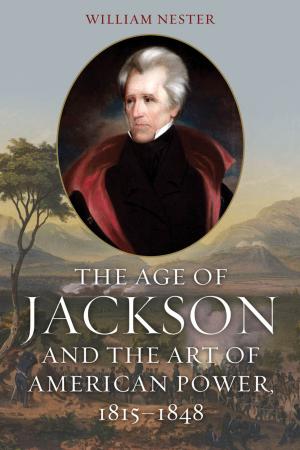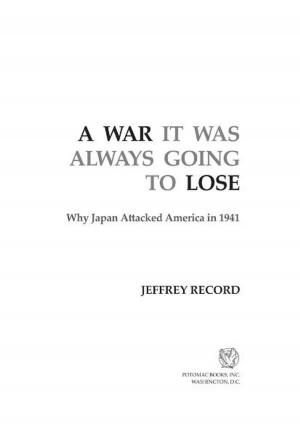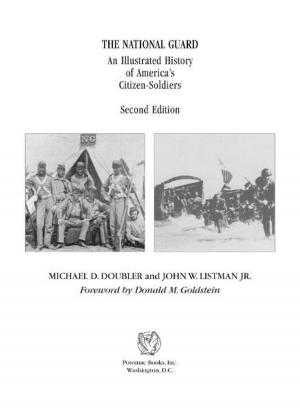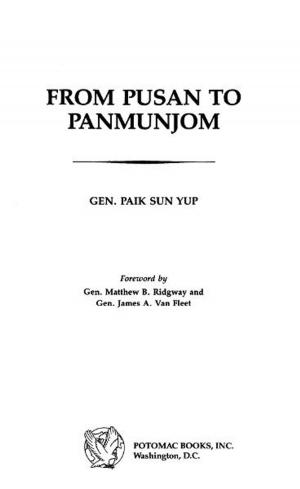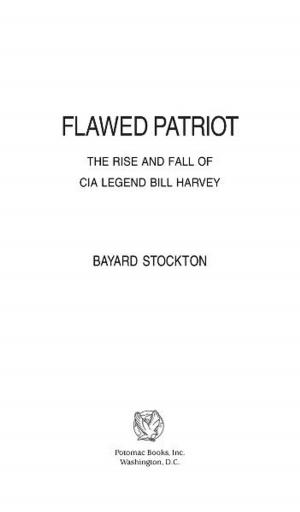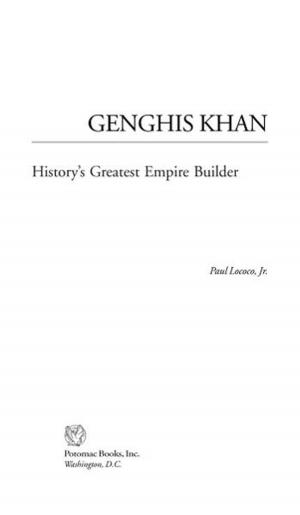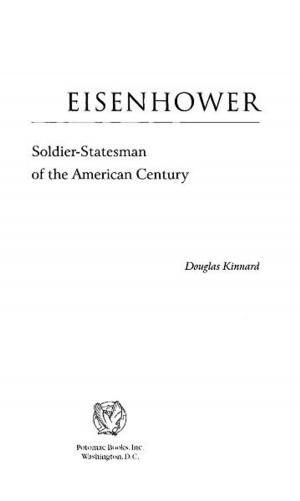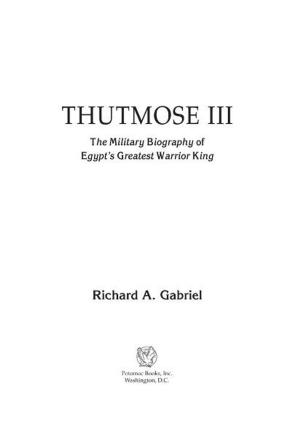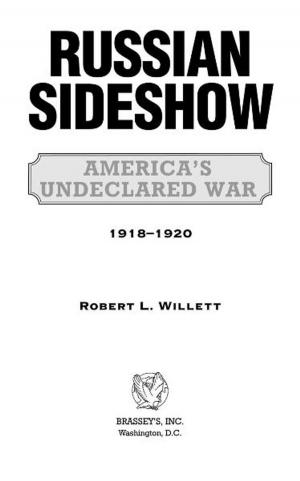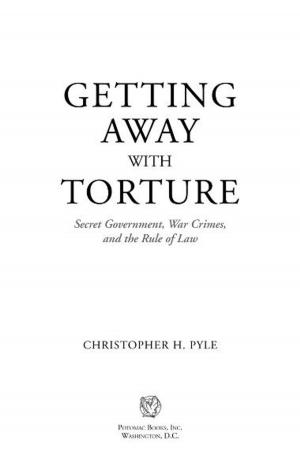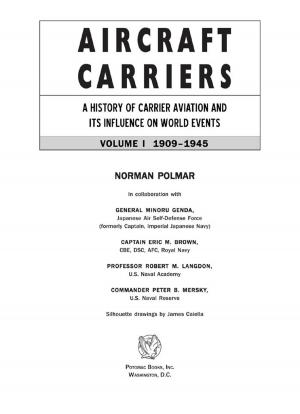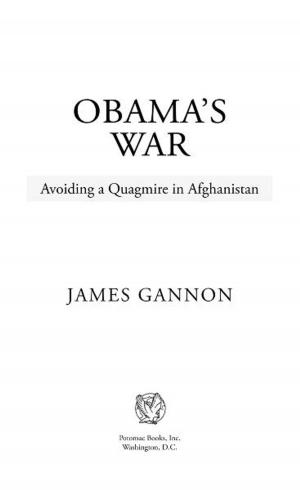The Other War: Winning and Losing in Afghanistan
Nonfiction, Social & Cultural Studies, Political Science, International, International Relations, History, Military| Author: | Amb. Ronald E. Neumann (Ret.) | ISBN: | 9781597975896 |
| Publisher: | Potomac Books Inc. | Publication: | October 31, 2009 |
| Imprint: | Language: | English |
| Author: | Amb. Ronald E. Neumann (Ret.) |
| ISBN: | 9781597975896 |
| Publisher: | Potomac Books Inc. |
| Publication: | October 31, 2009 |
| Imprint: | |
| Language: | English |
As the bloodshed in Iraq intensified in 2005, Afghanistan quickly faded from the nation's front pages to become the “other war,” supposedly going well and largely ignored. In fact, the insurgency in Afghanistan was about to break out with renewed force, the drug problem was worsening, and international coordination was losing focus. That July, Ronald Neumann arrived in Kabul from Baghdad as the U.S. ambassador, bringing the experience of a career diplomat whose professional lifetime had been spent in the greater Middle East, beginning thirty-eight years earlier in the same country in which it ended—Afghanistan.
Neumann's account of how the war in Afghanistan unfolded over the next two years is rich with heretofore unexamined details of operations, tensions, and policy decisions. He demonstrates why the United States was slow to recognize the challenge it faced and why it failed to make the requisite commitment of economic, military, and civilian resources. His account provides a new understanding of the problems of alliance warfare in conducting simultaneous nation building and counterinsurgency. Honest in recounting failures as well as successes, the book is must reading as much for students of international affairs who want to understand the reality of diplomatic policymaking and implementation in the field as for those who want to understand the nation's complex “other war.”
Neumann's account of how the war in Afghanistan unfolded over the next two years is rich with heretofore unexamined details of operations, tensions, and policy decisions. He demonstrates why the United States was slow to recognize the challenge it faced and why it failed to make the requisite commitment of economic, military, and civilian resources. His account provides a new understanding of the problems of alliance warfare in conducting simultaneous nation building and counterinsurgency. Honest in recounting failures as well as successes, the book is must reading as much for students of international affairs who want to understand the reality of diplomatic policymaking and implementation in the field as for those who want to understand the nation's complex “other war.”
As the bloodshed in Iraq intensified in 2005, Afghanistan quickly faded from the nation's front pages to become the “other war,” supposedly going well and largely ignored. In fact, the insurgency in Afghanistan was about to break out with renewed force, the drug problem was worsening, and international coordination was losing focus. That July, Ronald Neumann arrived in Kabul from Baghdad as the U.S. ambassador, bringing the experience of a career diplomat whose professional lifetime had been spent in the greater Middle East, beginning thirty-eight years earlier in the same country in which it ended—Afghanistan.
Neumann's account of how the war in Afghanistan unfolded over the next two years is rich with heretofore unexamined details of operations, tensions, and policy decisions. He demonstrates why the United States was slow to recognize the challenge it faced and why it failed to make the requisite commitment of economic, military, and civilian resources. His account provides a new understanding of the problems of alliance warfare in conducting simultaneous nation building and counterinsurgency. Honest in recounting failures as well as successes, the book is must reading as much for students of international affairs who want to understand the reality of diplomatic policymaking and implementation in the field as for those who want to understand the nation's complex “other war.”
Neumann's account of how the war in Afghanistan unfolded over the next two years is rich with heretofore unexamined details of operations, tensions, and policy decisions. He demonstrates why the United States was slow to recognize the challenge it faced and why it failed to make the requisite commitment of economic, military, and civilian resources. His account provides a new understanding of the problems of alliance warfare in conducting simultaneous nation building and counterinsurgency. Honest in recounting failures as well as successes, the book is must reading as much for students of international affairs who want to understand the reality of diplomatic policymaking and implementation in the field as for those who want to understand the nation's complex “other war.”
